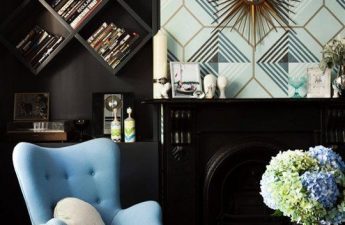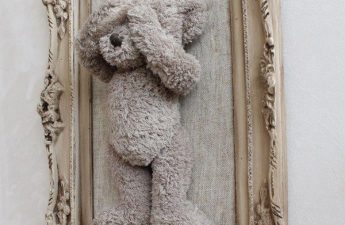A brick wall in the interior is fashionable and verystylish. But what if your apartment is not a loft at all? Even if your house is made of wood, there are several ways to “disguise” brick so that no one will notice the difference, read the details in our article Ideally, it looks like this: the wall is cleared of plaster, a magnificent one is found underneath, it is slightly tidied up, covered with matte varnish, and now the interior has become warm, mysterious and very stylish. In reality, even if you decide to do this in a city apartment, there is no way to guess what will be found under the top layer of paint and finish - noble brick or concrete, tow and holes leading to the neighbors. Why not try to just pretend that one of the walls is made of brick? It's easy, there are several interesting ways, and the result will surprise you. 1. Brick wallpaper Thanks to modern digital printing technologies, wallpaper manufacturers have learned to imitate the most important thing - the texture of brick and the unpredictable rhythm of the masonry. The bricks can even be rough to the touch and look chipped and cracked by the weather and time. The thickness of the wall will not change by a centimeter. There is one problem - the wallpaper will not be able to depict the volume and uneven surface 100 percent reliably. But if you do not examine the interior with a magnifying glass, the effect is stunning. In addition, this is the most cost-effective option.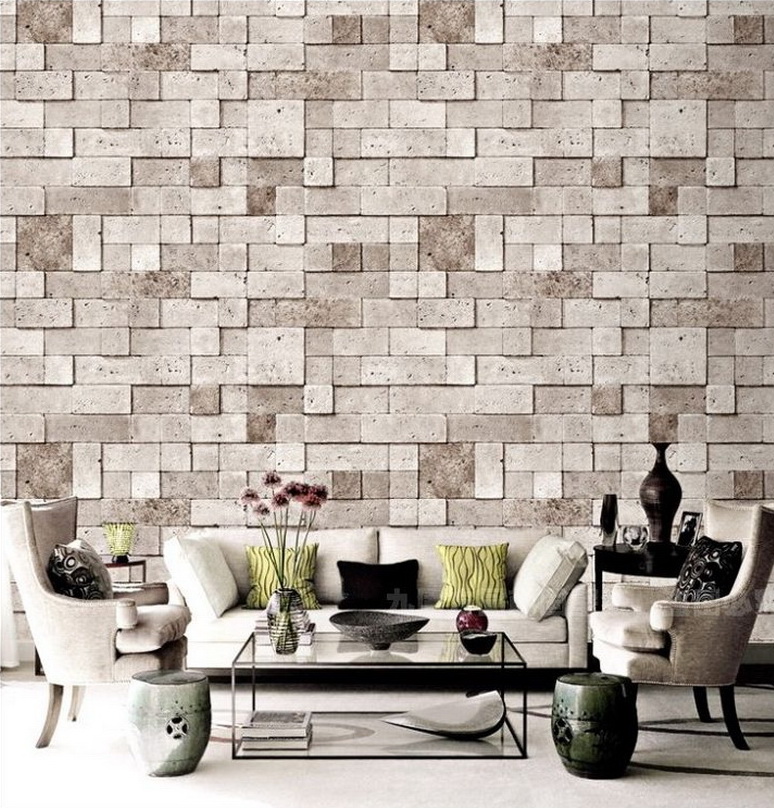
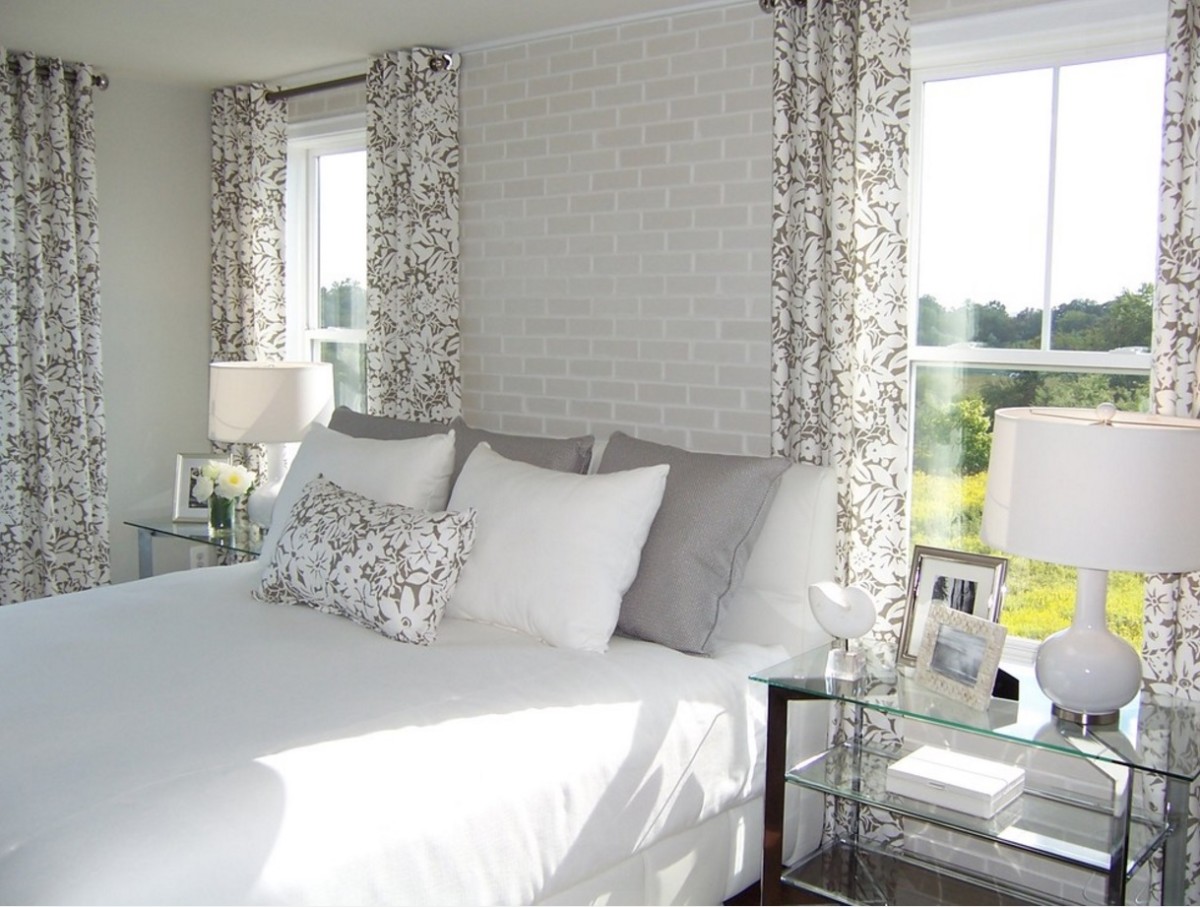


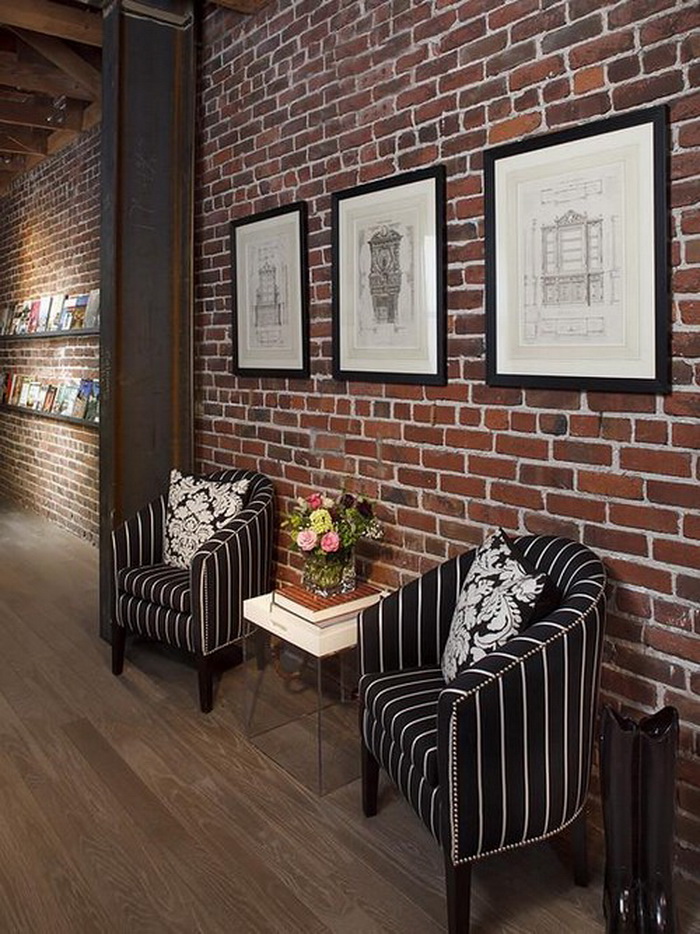 2.Foam bricks So, if the task is to depict an uneven surface, but to use a material somewhat softer and lighter than fired clay, then foam plastic comes to our aid quite unexpectedly. This is what we call a class of materials made of foamed plastics, including polystyrene foam, for example. Simply put: you can find it in large boxes from under furniture and household appliances, where it protects them from damage. Another option is ceiling panels, smoother and denser, less loose. Everything is simple: we cut out bricks, fix them with tile adhesive, process them with sandpaper to give them texture, and paint them in the desired color. Our opinion: - It is better to make the block size as close as possible to the real standard parameters of red brick - this is 240 by 115 millimeters. Leave a small gap between the "bricks", 1-1.2 millimeters - it can be painted in a different tone. Before painting the wall, tint the foam with light acrylic to emphasize the texture. And in the end, try to age the surface with chalk or spots of white paint diluted with water.
2.Foam bricks So, if the task is to depict an uneven surface, but to use a material somewhat softer and lighter than fired clay, then foam plastic comes to our aid quite unexpectedly. This is what we call a class of materials made of foamed plastics, including polystyrene foam, for example. Simply put: you can find it in large boxes from under furniture and household appliances, where it protects them from damage. Another option is ceiling panels, smoother and denser, less loose. Everything is simple: we cut out bricks, fix them with tile adhesive, process them with sandpaper to give them texture, and paint them in the desired color. Our opinion: - It is better to make the block size as close as possible to the real standard parameters of red brick - this is 240 by 115 millimeters. Leave a small gap between the "bricks", 1-1.2 millimeters - it can be painted in a different tone. Before painting the wall, tint the foam with light acrylic to emphasize the texture. And in the end, try to age the surface with chalk or spots of white paint diluted with water.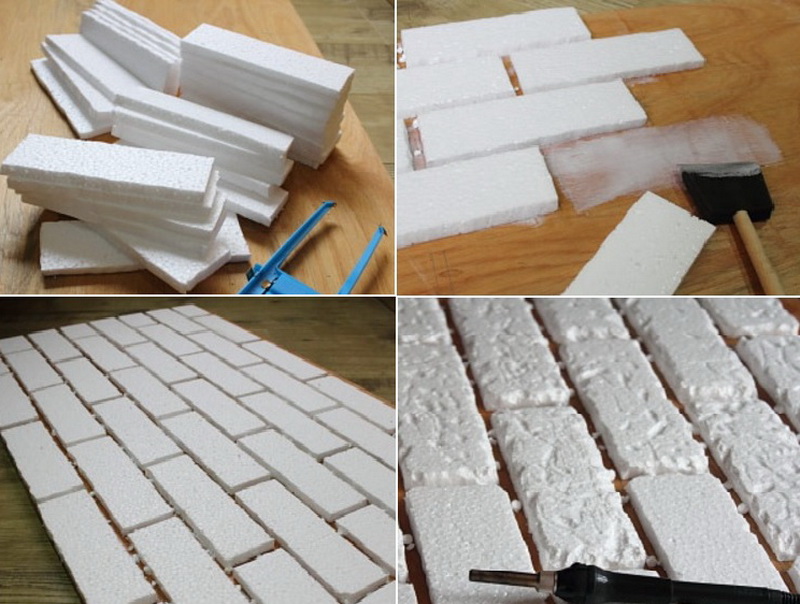
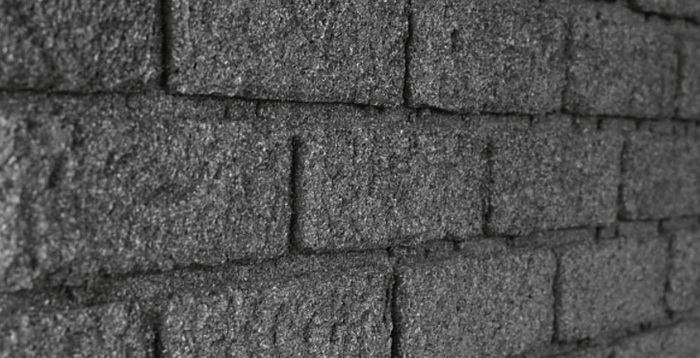
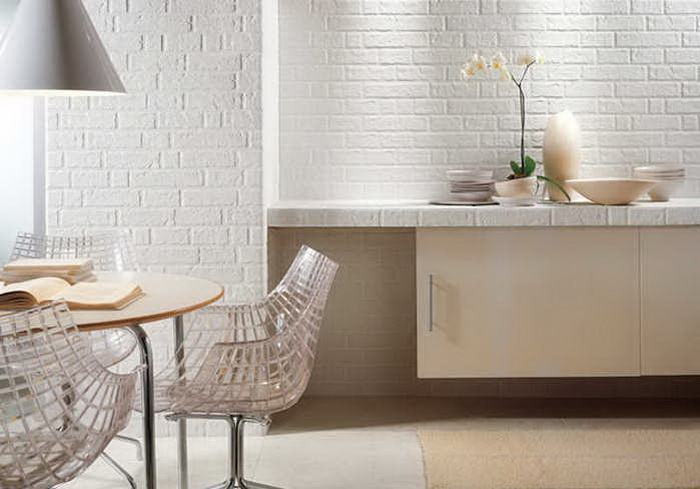
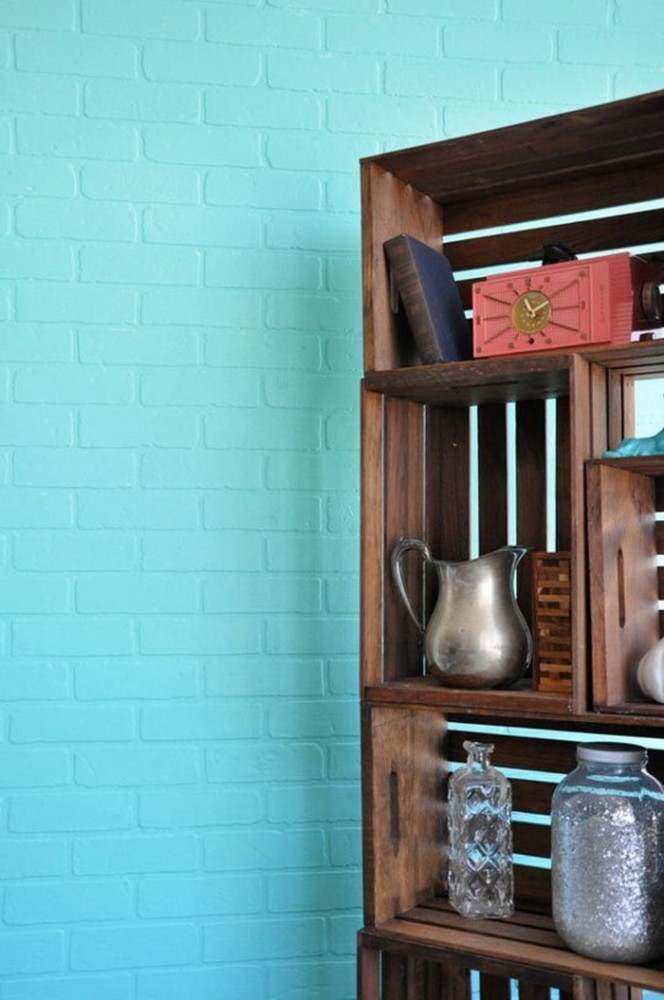
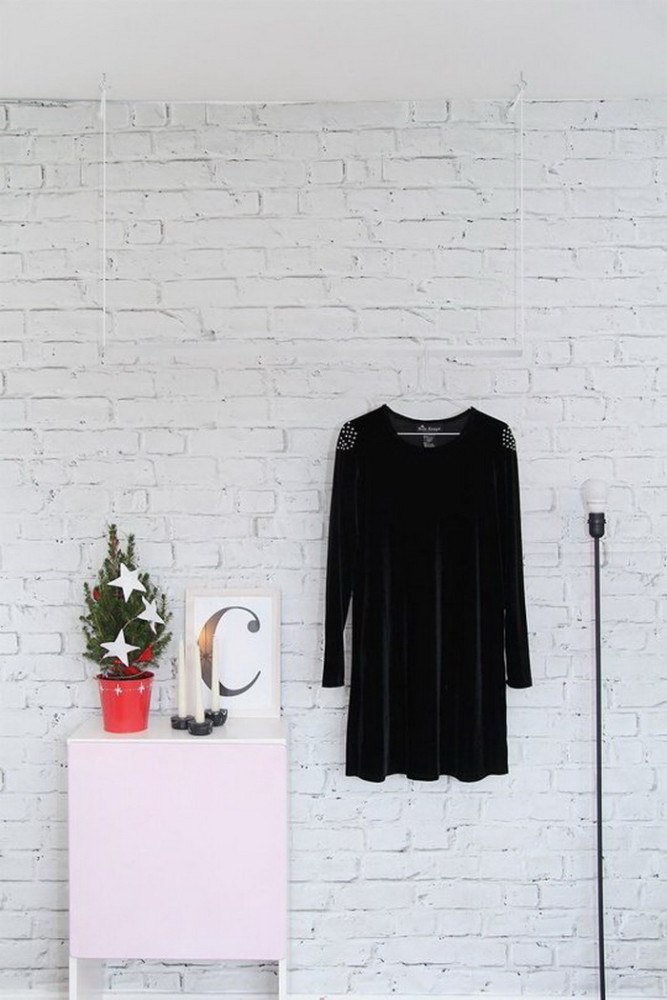 2.Brick wall made of cardboard An even more unexpected material for false bricks is simple cardboard, ideally corrugated, with a pronounced texture. This is used, for example, in egg packaging. Clean the surface, prepare the "bricks" and glue them, for example, with PVA glue or hot glue, using the markings. The texture can be made even more interesting with the help of decoupage: put thin paper napkins on top of the cardboard, coat with glue and create unevenness, seams and folds with a hard brush. When the whole composition dries, paint the wall and varnish.
2.Brick wall made of cardboard An even more unexpected material for false bricks is simple cardboard, ideally corrugated, with a pronounced texture. This is used, for example, in egg packaging. Clean the surface, prepare the "bricks" and glue them, for example, with PVA glue or hot glue, using the markings. The texture can be made even more interesting with the help of decoupage: put thin paper napkins on top of the cardboard, coat with glue and create unevenness, seams and folds with a hard brush. When the whole composition dries, paint the wall and varnish.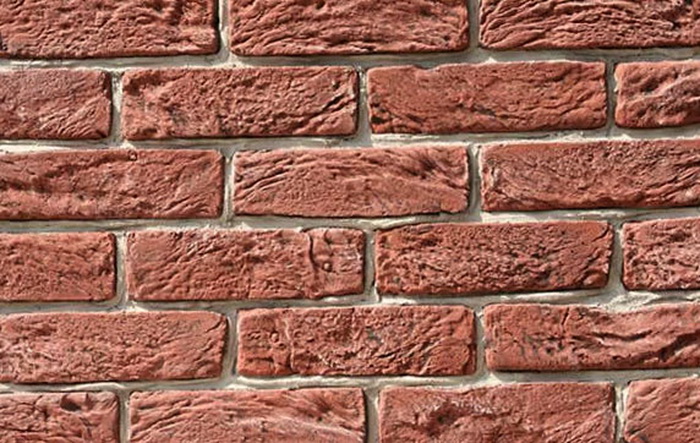
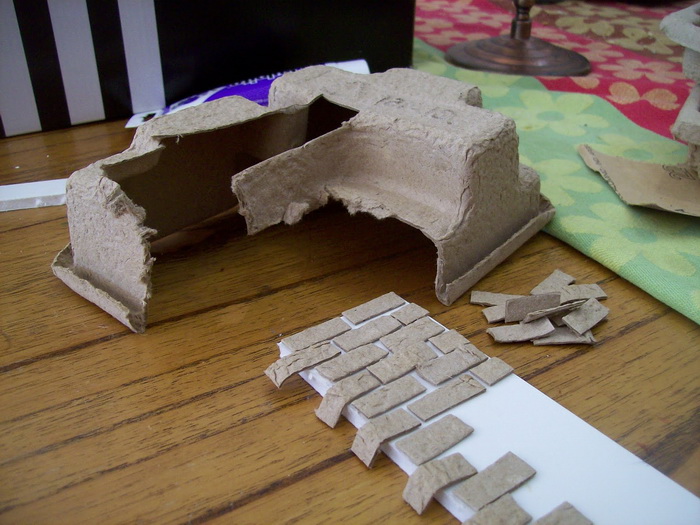
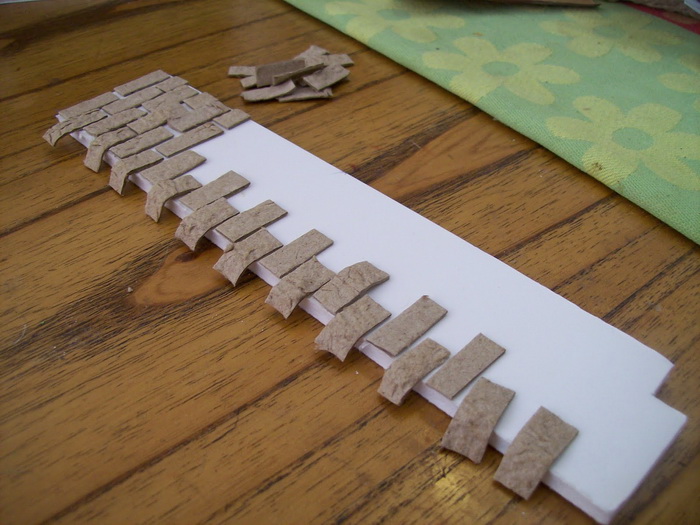
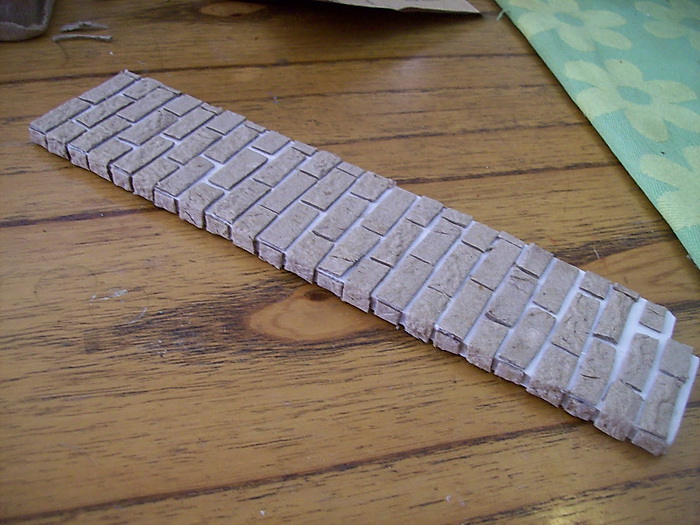
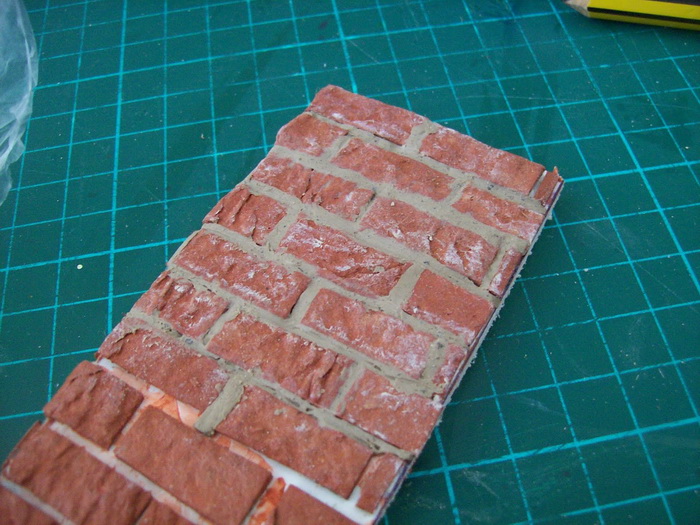
 4.Plaster bricks It's very simple - the seams on the prepared and cleaned wall are marked with strips of tape. Plaster, putty mixed with sand, or even tile adhesive with added paint are applied on top. When the mixture dries slightly, the tape is removed. After hardening, the surface can be treated with sandpaper and painted in any color - it is better to apply the tone not with a brush, but with a sponge, emphasizing the matte and uneven texture of the wall.
4.Plaster bricks It's very simple - the seams on the prepared and cleaned wall are marked with strips of tape. Plaster, putty mixed with sand, or even tile adhesive with added paint are applied on top. When the mixture dries slightly, the tape is removed. After hardening, the surface can be treated with sandpaper and painted in any color - it is better to apply the tone not with a brush, but with a sponge, emphasizing the matte and uneven texture of the wall.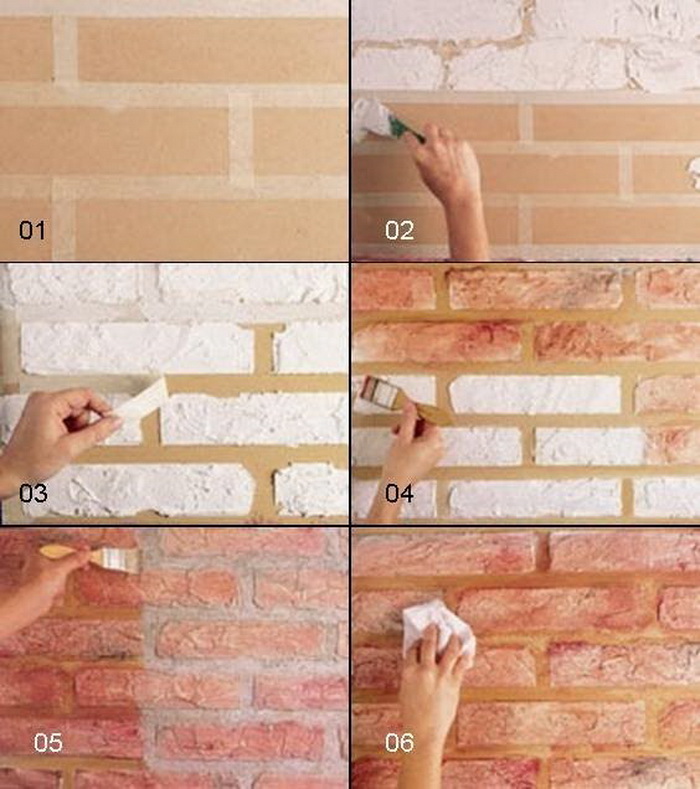

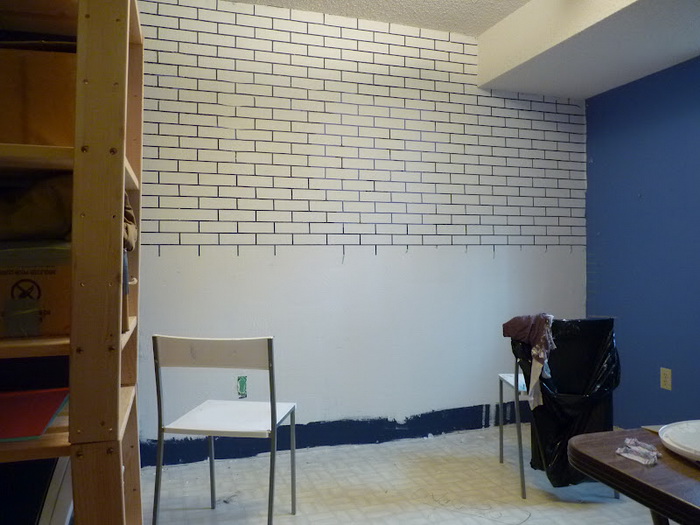
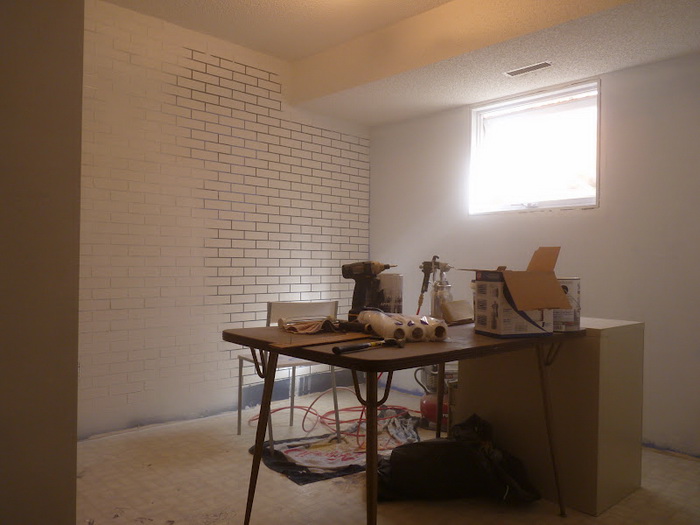
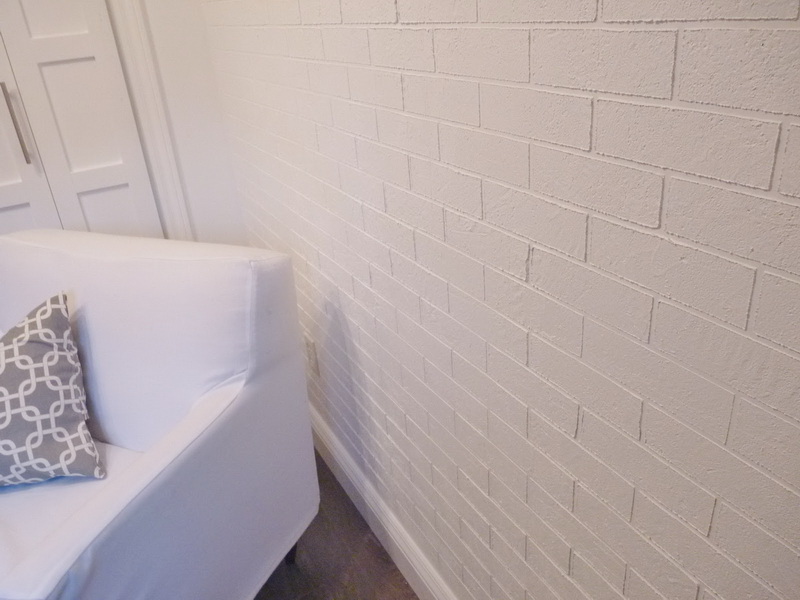 5.Brick veneers The most plausible option is, in fact, . Each element is made separately from a mixture of gypsum and cement, and the most expensive versions are even made of baked clay. It is convenient that this is a veneer, that is, a thin and fairly light plate that imitates the uneven and noble surface of a real brick. You can make something similar yourself, for example, from sanded wood or even plastic. It is better to decorate small parts of the wall with such. Our opinion: - If your wall is brightly lit, its unnatural origin will be more obvious. The key to naturalness is careful work with texture and aging with chalk and paint, which will hide small blots. If the wall is large and you do not plan to change anything in the near future, choose a reliable artificial stone. But if you just want to imagine how the brick will look in the interior and slightly refresh the decor, feel free to experiment on small surfaces: cardboard and foam bricks are easy to dismantle.
5.Brick veneers The most plausible option is, in fact, . Each element is made separately from a mixture of gypsum and cement, and the most expensive versions are even made of baked clay. It is convenient that this is a veneer, that is, a thin and fairly light plate that imitates the uneven and noble surface of a real brick. You can make something similar yourself, for example, from sanded wood or even plastic. It is better to decorate small parts of the wall with such. Our opinion: - If your wall is brightly lit, its unnatural origin will be more obvious. The key to naturalness is careful work with texture and aging with chalk and paint, which will hide small blots. If the wall is large and you do not plan to change anything in the near future, choose a reliable artificial stone. But if you just want to imagine how the brick will look in the interior and slightly refresh the decor, feel free to experiment on small surfaces: cardboard and foam bricks are easy to dismantle.

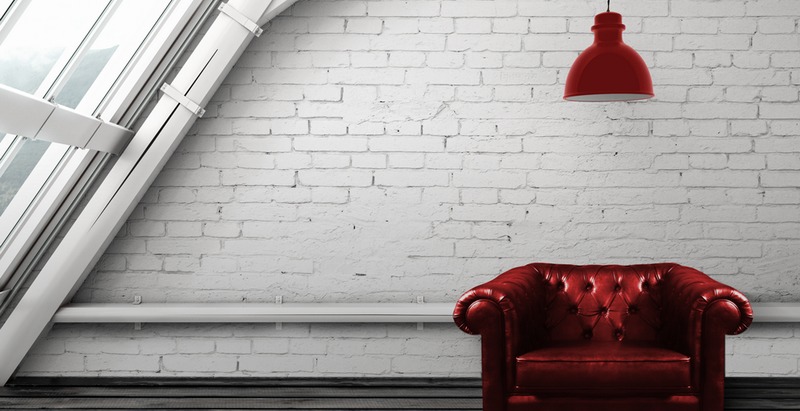
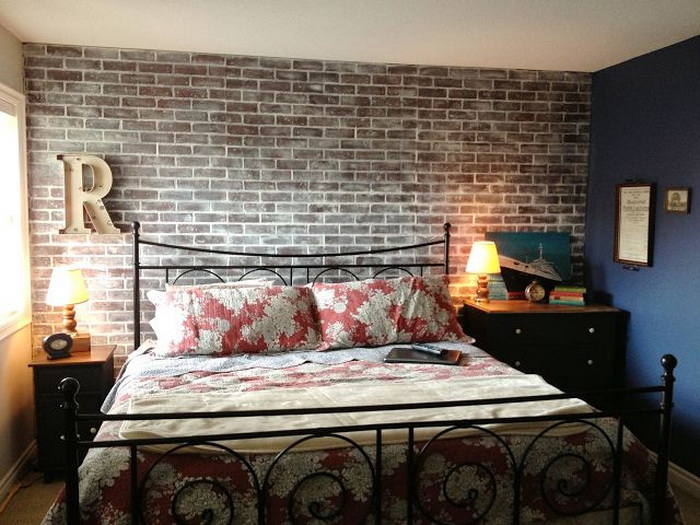
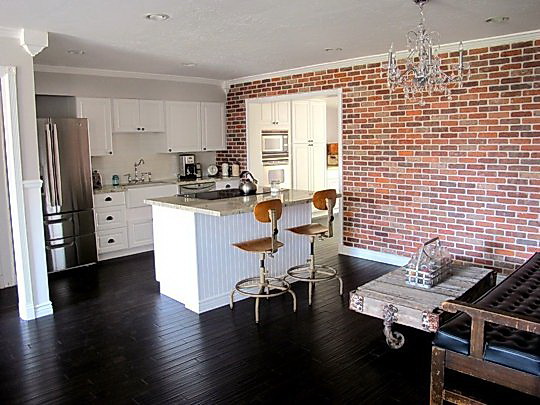
Wall decoration for brick: several techniques and photo-examples


